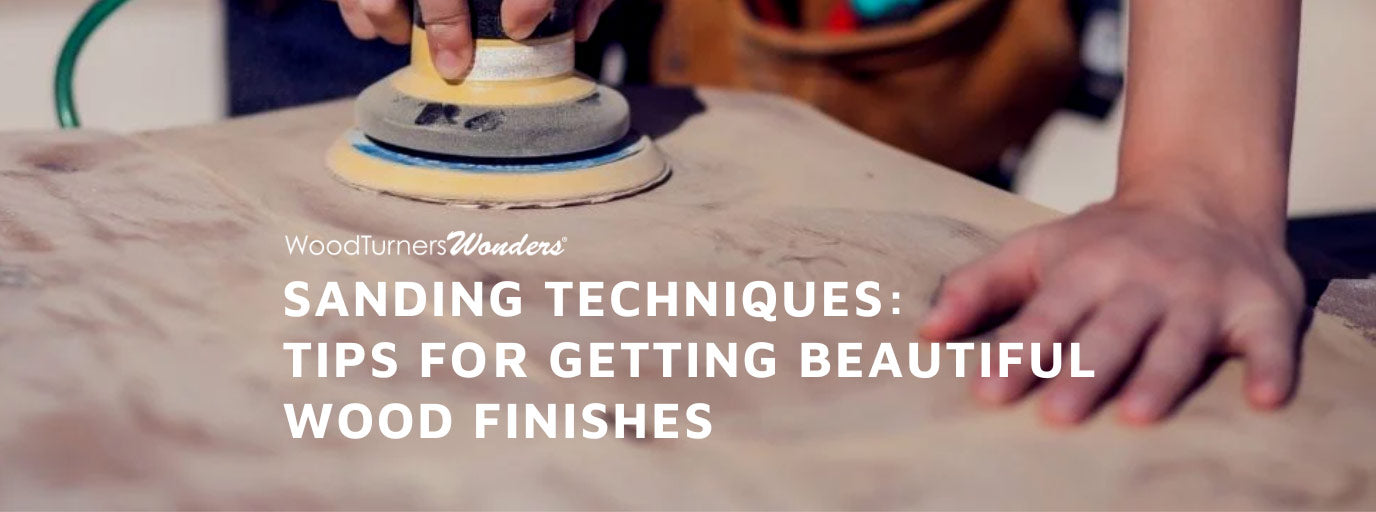
Sanding Techniques: Tips for Getting Beautiful Wood Finishes
Sanding is a critical part of any project working with wood; it eliminates imperfections and provides a greater degree of quality to the piece. As you sand, knowing some tips for getting beautiful wood finishes aids in the process so you can prevent ruining all the hard work of forming the wood piece. Know what tools to use and the best sanding techniques to take your wood finish to the next level.
Sand With the Grain, Not Against It
When sanding, always remember to smooth out the piece with the grain. If any scratching does occur, and it most likely will, doing it parallel with the grain masks the imperfections. This makes any potential scratches look as though they’re just another part of the grain, preventing any obvious flaws.
Going against the grain runs the risk of creating a sloppy look to your wooden piece, giving it an amateurish appearance. All the work you spent forming the wood into the desired look goes out the window if you scratch up the surface.
Get a Good Look Before You Stain
Some gouges in the wood go unnoticed after a thorough sanding, but there’s always the potential that you left something unfinished. Applying the stain without giving the piece a final look leads to all sorts of problems that can grind progress to a halt. To avoid this, turn down the light in your workroom and shine a spotlight at a low angle across your wood’s surface.
The extra illumination will make imperfections plain as day, allowing you to correct any last-minute mistakes. Mark areas with a thin strip of masking tape to come back to after you switch the main lights back on and sand them down from there.
Have the Supplies You Need
Working with wood requires several different tools, whether they’re for general application or precise use. Have a supply of sanding accessories to get the finish you need for your piece; often, there is no single sanding tool to get the job done. Have an assortment of tools in your kit to prepare for any situation and give your pieces a professional look.

Leave a comment